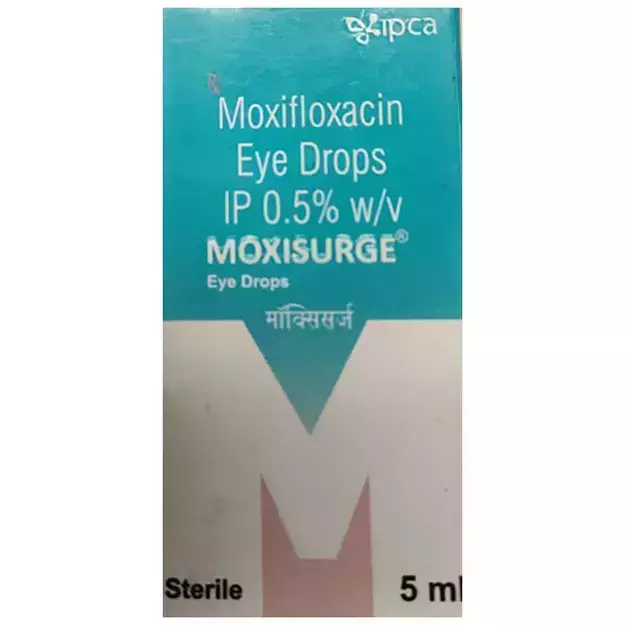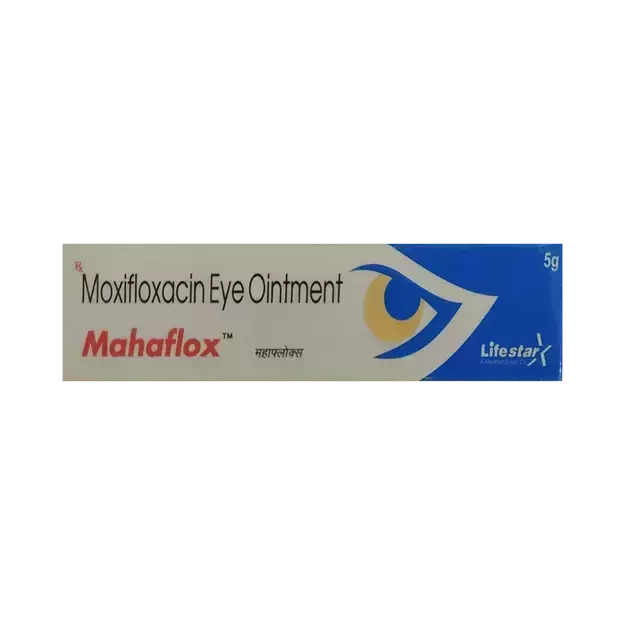MFC Eye Drop is a commercial drug that is prescribed in the form of Drops. Primarily, it is used for the treatment of Bacterial Infections. The alternative uses of MFC Eye Drop have also been explained below.
The right dosage of MFC Eye Drop depends on the age, gender, and medical history of the patient. Dosage also depends on the route of administration and your chief complaint for which the drug is prescribed. This information has been provided in detail in the dosage section.
Common side effects of MFC Eye Drop include Nausea or vomiting, Diarrhoea. Besides the aforementioned side effects, there are other adverse effects of MFC Eye Drop as well, which are listed below. Such side effects of MFC Eye Drop normally do not last long and go away once the treatment is completed. However, if these continue for a longer time, consult your doctor right away.
MFC Eye Drop's effect during pregnancy is Moderate and Severe while nursing. It is important to know if MFC Eye Drop has any effect on the kidney, liver and heart. Information on such adverse effects, if any, has been given in the MFC Eye Drop related warnings section.
MFC Eye Drop is not recommended if you suffer from certain medical conditions as it can have adverse effects. Myasthenia Gravis (MG), Peripheral Neuropathy, Neuropathy, Peripheral are examples of such conditions. Other contraindications of MFC Eye Drop have been discussed in the sections ahead.
Besides this, MFC Eye Drop may also have severe interaction with some medicines. See below for a complete list.
In addition to the above precautions for MFC Eye Drop, it is important to know that it is not safe while driving, and is not habit-forming.
X
















